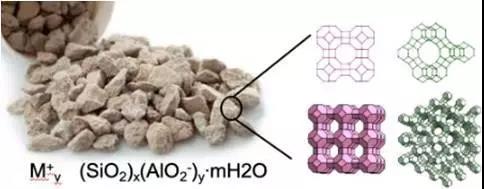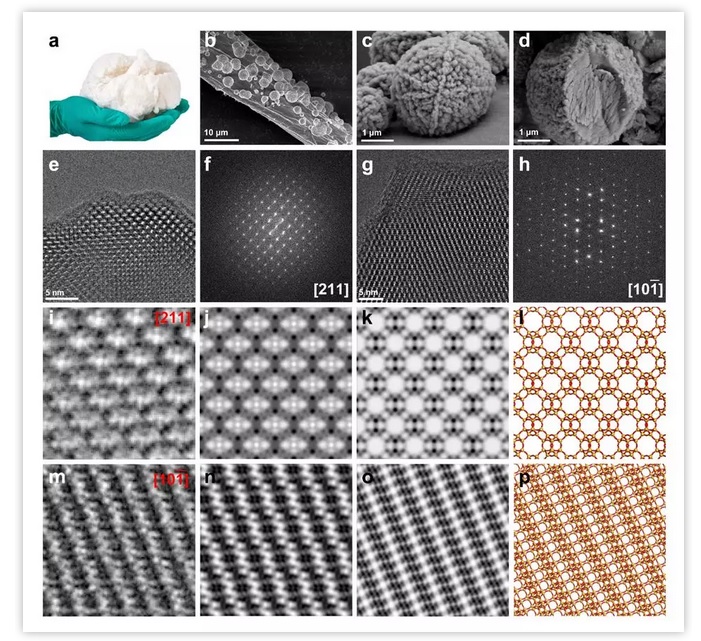A T-shirt to help stanch bleeding
The first flexible zeolite-cotton hybrid fabric in the world show great procoagulant activity.
Blood is the source of life and hemorrhage is the leading cause of mortality. Statistics reveal that approximately 1.9 million people die from excessive blood loss on a yearly basis worldwide. Therefore, the immediate and effective prevention of bleeding is essential to ensuring the survival of a patient with massive bleeding in pre-hospital care. Common first-aid approaches involve applying direct pressure on the wound or cut with a clean towel or clothes, but these materials cannot arrest hemorrhage threat due to poor hemostasis.
To address this challenging problem, the research team, led by Prof. FAN Jie from the Department of Chemistry, Zhejiang University, develops an on-site template-free growth route of mesoporous zeolite CHA (mCHA) onto the surface of cotton fibers, which forms a tightly-bonded and flexible mesoporous zeolite CHA-cotton (mCHA-C) hybrid hemostat. It is featured by salient hemostasis and reliable safety. The relevant finding is published in the journal of Nature Communications.
An enormous body of studies indicates that zeolites are most effective in severe hemorrhage scenarios. Thus, the American Emergency Care Research Institute recommends the use of zeolite agents as a necessary step in pre-hospital care. “We have long been dedicated to research into the hemostatic function of zeolites and found that there are major blemishes with existing zeolite hemostatic agents,” FAN Jie said. Zeolite A—QuikClot (Z-Medica)—has saved lives of thousands of soldiers, but it emits a plethora of heat while exposed to water or blood, thereby causing deleterious thermal injuries.

An effective type of zeolitic hemostat should deliver a fast, long-lasting, and safe treatment of hemorrhage. The design requires: (i) a proper selection of zeolite with a porous network enabling fast diffusion and adsorption of adsorbate molecules; (ii) the zeolite immobilization that allows a long-lasting application and prevents the leaching problem; (iii) a nontoxic and low-cost hemostatic system that is easy to operate. Chabazite-type (CHA) zeolites usually exhibit excellent dehydration activity, which is one of the idiosyncrasies for blood concentration and hemostasis.
To meet these demands, FAN Jie et al. integrate meso-/micro-porosity, blood coagulation and stability into a flexible zeolite-cotton hybrid hemostat. They employ an on-site template-free growth route that tightly binds mesoporous single-crystal chabazite zeolite onto the surface of cotton fibers. This hemostatic material maintains high procoagulant activity after water flow treatment. Chabazite particles are firmly anchored onto the cotton surface with < 1% leaching after 10 min of sonication.

The as-synthesized hemostatic device outperforms other clay or zeolite-based inorganic hemostats in terms of higher procoagulant activity, minimized loss of active components and better scalability for practical applications. The most reliable rescue way is to develop this zeolite fiber into a hemostatic life vest, therefore ensuring immediate medical care. This special T-shirt is expected to come on the market in August this year.
In addition, this zeolite-cotton material can also be applied to the production of a variety of products, such as hemostatic towels and gauze, for special groups, including outdoor sport lovers, extreme sport athletes and racists, or in such scenarios as war, traffic accidents or earthquakes.
Related story: